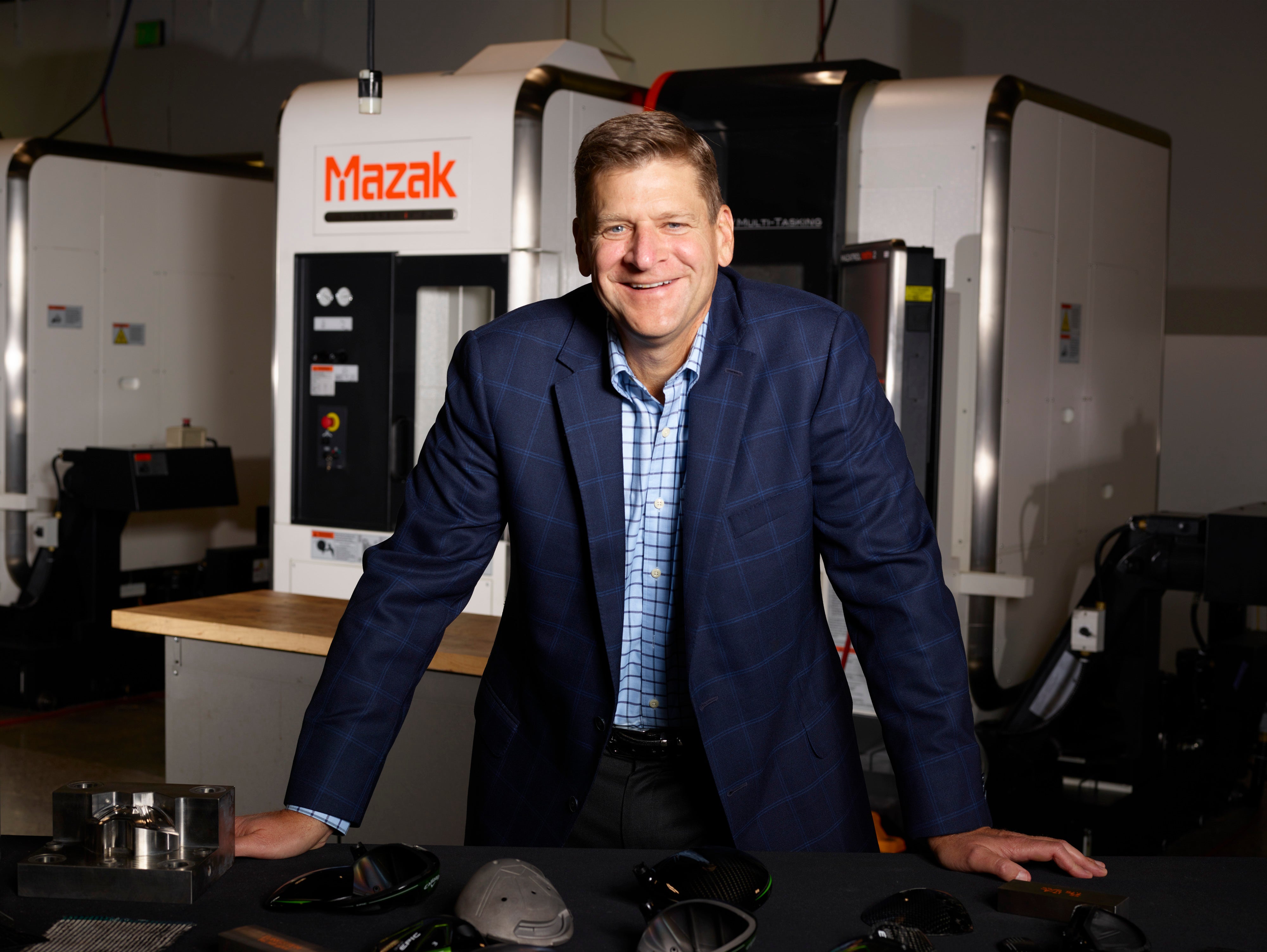When Nike Inc NKE exited the golf club business in 2016, Callaway Golf Co ELY was arguably the greatest beneficiary of the consolidating industry.
Since then, the company has been on a tear, emerging as a leader in global golf club manufacturing. The company has also made several key acquisitions in a move to diversify itself from a mature golf market and into soft goods as well.
At a time when its competitors were looking to sell off their golf businesses, Callaway went on the offensive.
Callaway's Record Acquisition Becomes Key Catalyst
The Carlsbad, California-based brand has since scooped up OGIO and TravisMathew.
Its latest purchase, a record-acquisition of German outdoor apparel brand Jack Wolfskin, had investors fearing the company was overextending itself by buying a brand few in North America are familiar with. Shares of the company immediately fell by nearly 15 percent after the deal was announced.
Raymond James analyst Dan Wewar said of the acquisition: “It is our opinion that most investors have not yet embraced Callaway’s decision to purchase Jack Wolfskin. Most U.S. investors are unfamiliar with the brand, and given the brand has been owned by private investors, there are not any publicly available financial results to study."
Callaway: Golf Or Lifestyle Apparel Brand?
Callaway CEO Chip Brewer said the market had a similar reaction when Callaway purchased TravisMathew.
The West Coast brand has since turned out to be natural fit for the company and is “performing at an exceptionally high level," Brewer said. The CEO is confident the company can balance its golf club equipment business and emerging lifestyle apparel segment.
“The East Coast folks had never heard of TravisMathew; they absolutely couldn’t get their arms around it. Everybody is overthinking this. Our business has been really good for the last several years. We were a turnaround in 2012, we grew the business and have shown we're pretty good operators,” Brewer told Benzinga in a recent interview.
“We have the strength in the equipment space which we are pleased with, a strong track record, and the financial resources and human capital to do more and over the last several years, [when] we were growing in the soft goods category.”
Last year, Callaway’s soft goods category notched $300 million in revenue. With the Jack Wolfskin acquisition completed, Brewer said that figure will grow.
Callaway is remaking the bet that the brand can manage both its hard and soft goods categories. Although Jack Wolfskin isn't well-known in North America, it gives Callaway a global brand and an entré into difficult-to-penetrate markets, the CEO said.
“My argument is that in central Europe, Jack Wolfskin is the dominant brand. That’s the issue of being global, but I actually look at that as an advantage."
The brand has a strong position in China, Brewer said — "a difficult and expensive market to enter" — and the potential for added value in North America.
“The outdoor apparel market is in the billions, considerably bigger than the golf market. We can have a very niche position in the category. We don’t need to dominate the category to make money."

Callaway Golf CEO Chip Brewer, Courtesy photo.
In addition to its recent investments, arguably the company’s best move was its investment in entertainment venue Topgolf, of which it holds a 14-percent stake.
Cowen analyst John Kernan said he sees Callaway’s stake in the company as being worth $600 million by 2020.
When asked whether he sees the company filing for an eventual IPO, Brewer said: “I don’t think Topgolf is likely to stay private forever."
Callaway Launches First Club Made With AI
Callaway's CEO is confident the company can outpace the industry with new technological advancements, including the first golf club ever manufactured using artificial intelligence, the Epic Flash Driver.
“We have a strong brand position. We believe we are No. 1 in the club market and the [golf] ball business has been growing double-digits," Brewer said. "The Epic Flash driver with its use of AI will set the stage for further changes and innovations as we apply AI to different parts of our product range."
The use of AI in golf club manufacturing is a breakthrough, and Callaway is staffing accordingly, the CEO said.
“AI is like CAD: it’s a fundamental way of designing a product. If you don’t do that going forward, you’re not going to be in the game."
As for the golf industry as a whole, it appears sales are on the upswing. The U.S. golf retail business grew 8 percent in the 12 months ending in November 2018 to $2.6 billion, according to a recent NPD Group report.
Brewer is cautiously optimistic about the game's prospects going forward.
“With Topgolf and with other areas and avenues that are drawing attention, I think the facts just don’t support a doom-and-gloom perspective. This game is solid and it is in a relatively good spot, and we expect it to have good prospects going forward.”
Related Links:
Callaway CFO: Media's Portrayal That Golf Is Dying Is 'Way Overplayed'
Raymond James: Callaway's Latest M&A Deal 'Dramatically' Changes Business
Edge Rankings
Price Trend
© 2025 Benzinga.com. Benzinga does not provide investment advice. All rights reserved.
Trade confidently with insights and alerts from analyst ratings, free reports and breaking news that affects the stocks you care about.